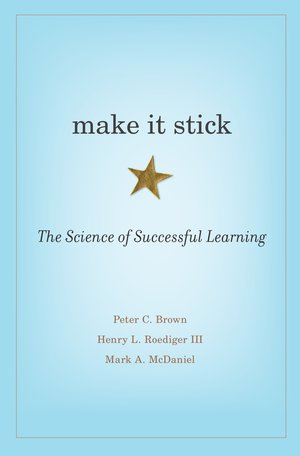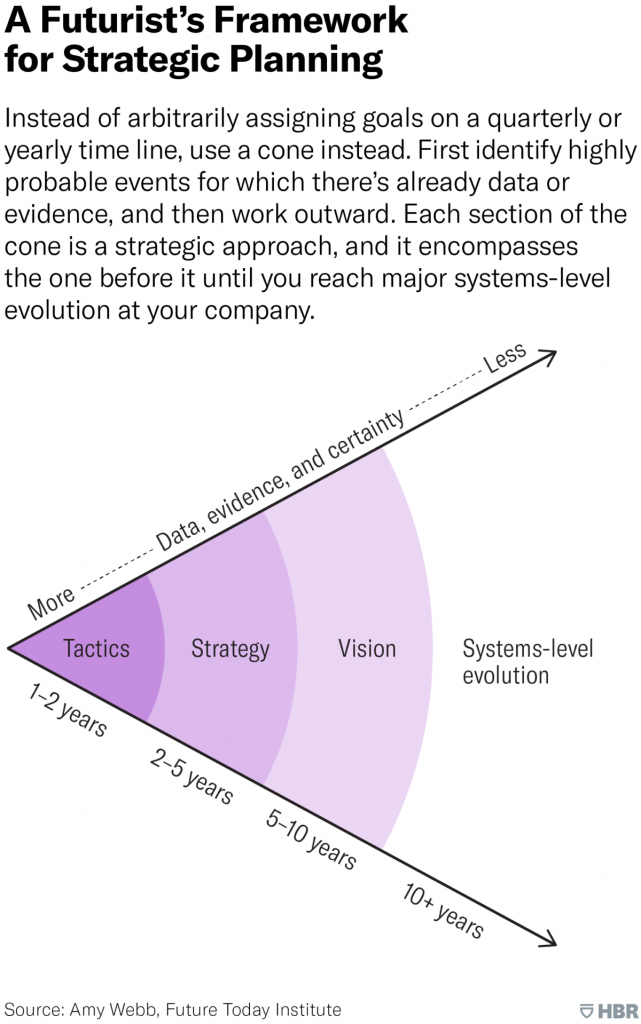Dallas County Community College District Students Receive “GreenLight”? Toward Ownership, Lifelong Access of Academic Records — from linkedin.com by Timothy Marshall; with thanks to Mike Mathews for this resource out on LinkedIn
Excerpt:
(DALLAS) — Gone are the days of a lengthy and sometimes costly process to request educational records for job or college applications. Through its investments in groundbreaking technology, DCCCD is allowing students unprecedented access to their educational transcripts. This places students in the unique position to maintain lifelong digital ownership of their complete academic credentials, with the flexibility to use those records to propel them toward academic and career success.
DCCCD is pleased to announce a new partnership with Dallas-based GreenLight Credentials, a new secure digital locker. With GreenLight, DCCCD students will have wide-ranging access to their academic records anytime, anyplace, by simply clicking a button.










